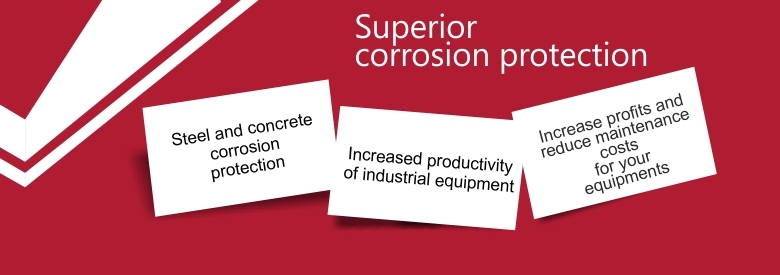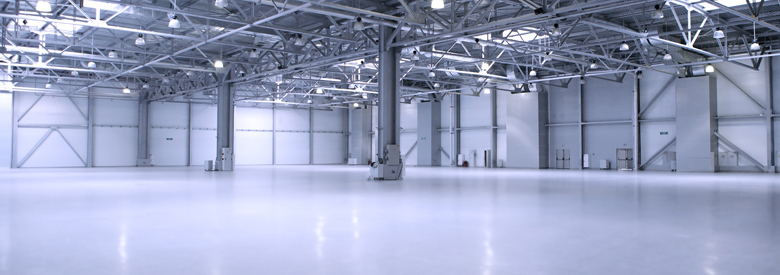5 factors that affect agricultural industry equipment

What aggressive factors can you identify in agricultural industry?
Many chemicals are used in agriculture, among these are fertilizer, preservatives, pesticides and acid based solutions for equipment cleaning. All these promote corrosion and involve some costs for repairing metal surfaces.
Agricultural waste applied to a specific area without protection can cause corrosion. In the following lines you will find information on the factors with the greatest impact on the lifecycle of the equipment.
Let's look more closely to these factors:
1) Fertilizers: the degree of corrosion occurs depending on the type of fertilizer. It depends on if they break down or react forming substances such as ammonia or hydrogen sulfide. This happens when there are chloride ions or a high concentration of acids.
On the other hand, nutrients feed back into plants can influence the aggressiveness of fertilizers. The strongest impact occurs when fertilizer contains about 15% nitrogen, and nitrogen is derived from urea and ammonium nitrate. In the table below you can see some typical reactions of liquid fertilizers.
|
Liquid fertilisers |
Chemicals |
Reactions to the metal surface |
|
Nitrogen solutions |
Ammonium nitrate, urea |
Slow reaction to the metal surface; It can happen faster in welds and holes. |
|
Phosphate solutions |
Ammonium phosphate |
It tends to be less reactive; phosphate forms a layer that can protect the metal nitrogenous solutions, to the extent that is not very high acidity |
*Corrosive reactions of liquid fertilizers
2) Silage: silos towers are exposed to corrosion, the major cause is the acid formation in the silage. Large amounts of corn can rapidly and produce acid fermentation with a normal concentration of 2% lactic acid and acetic acid to a pH 3.6.
Lactic acid is considered the most aggressive acid, but when in contact with oxygen it is a big probability that butyric acid will appear. It has a pH higher than lactic acid. The temperature in the silos may promote corrosion. Inside is a temperature of 300 C.
3) Mud and Fertilizers: handling of the manure must be done properly. The acidity can damage the metal surface quality. It forms an environment with a high level of moisture, ammonia and carbon dioxide. If you have not applied corrosion protection, the equipment will be exposed to great risks.
4) Herbicides and pesticides: In the last decade there has been an intense development of chemicals used for crop protection. These can also have a major impact on equipment. Also included are copper sulfate, water and limestone, being aggressive on the surface of aluminum and zinc. Problems arise in the case of steel barrels containing sodium trichloroacetate.
Insecticides with pH> 2, sodium arsenite and salt water are aggressive to common metals such as steel, galvanized steel, copper and aluminum.
5) Dairy products: whether the agents used for cleaning chlorine (eg sodium hypochlorite) increases the risk of corrosion for all metal surfaces present in this industrial sector. It recommends measures to prevent the action of chloride ions. Even stainless steels by forces that are testing the resistance to high temperatures may force the material to crack.
Regardless of an industrial area, you must conduct an analysis of the factors that may have a negative impact on equipment. A protection system optimized for the environmental conditions can save maintenance costs.
For any questions regarding anti-corrosion and anti-abrasion protection, you have a team of specialists ready to answer. Contact us now and get free consulting!
Source: http://www.npl.co.uk/upload/pdf/corrosion_control_of_agricultural_equipment_and_buildings.pdf













